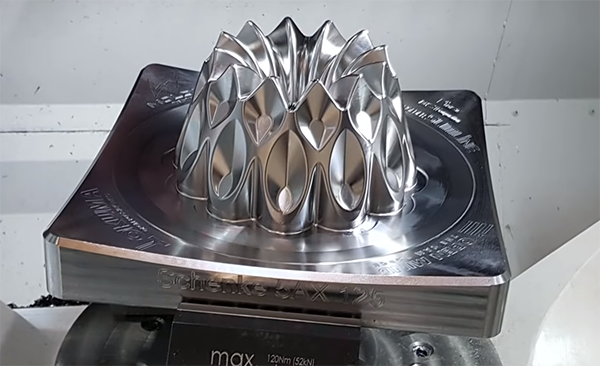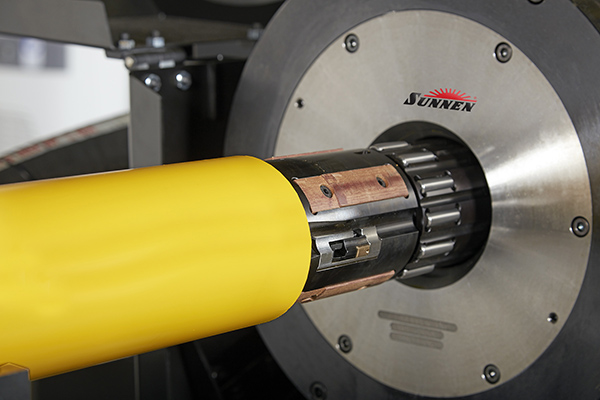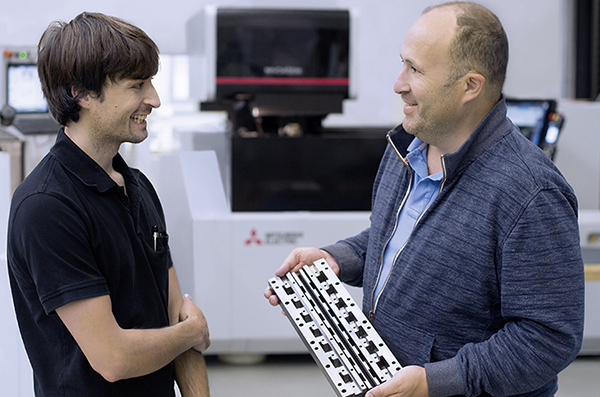Okuma is now offering an entry-level five-axis machining centre that is capable of handling workpieces up to 600 mm in diameter and 400 mm in height, with a maximum weight of 300 kg. The Genos M460V-5AX, which is available in the UK from NCMT, features a 48-station tool magazine.

Featuring a spindle that offers 15,000 rpm, the machine can achieve high productivity for a range of applications. Providing a maximum power output of 22 kW and up to 199 Nm of torque, the spindle is said to process demanding materials with ease. The spindle’s five sets of bearings are lubricated with oil mist and do not therefore require maintenance. By providing through-spindle coolant, the spindle adds to the shower coolant function. Manufacturers benefit from a three-year spindle warranty that is not limited by number of shifts or operating hours.
For efficient and accurate measuring, the machining centre is equipped with a Renishaw RMP60 touch probe, while the X, Y and Z axes possess an absolute scale. In addition to the hardware, intelligent technology apps like ‘Machining Navi’ for reducing chatter or ‘5-Axis Auto Tuning System’ for compensating geometrical errors, further enhance the machine’s accuracy. As a result of these measures, Genos M460V-5AX achieves a positioning accuracy of 2 micron in X, Y and Z.
For highest precision, the 5-axis machining centre is equipped with Okuma’s Thermo-Friendly Concept. This technology includes a symmetric, box-build, double-column construction made of cast iron. To eliminate any negative influence from the coolant and hot chips, the machine possesses a thermo-shield design. In addition, five sensors in the machine and three sensors in the spindle measure temperature changes and allow for active compensation of thermal deformation.
For further information www.ncmt.co.uk
























